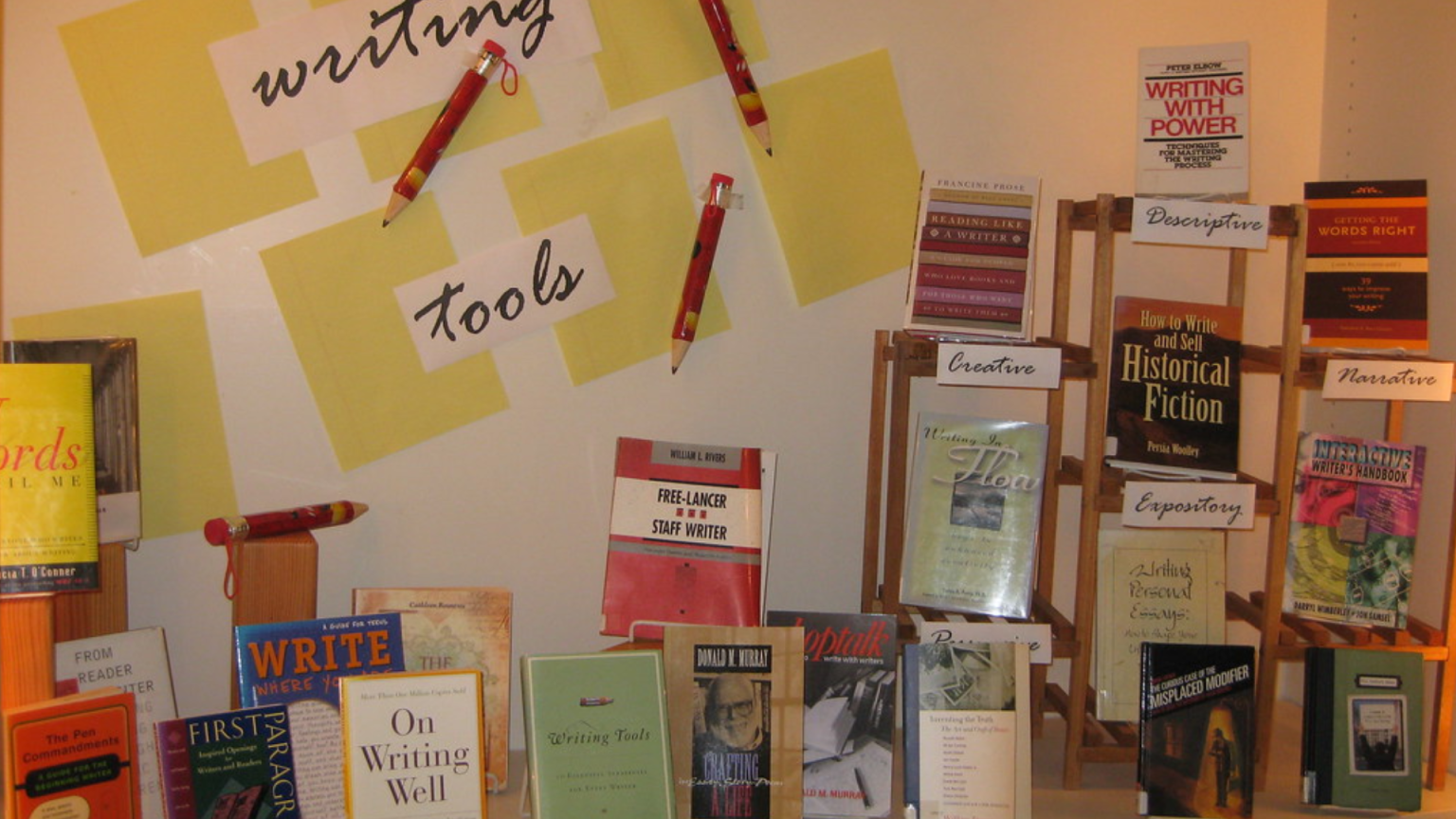Writing a children’s books requires many people believe that little effort. In other words, you don’t have to be as talented as William Shakespeare, Mark Twain, or J.K. Rowling to produce a book that children will like. It appears simple because infants do not require sophisticated language or complicated thoughts, although many adults do.
Nonetheless, making a children’s book is not as simple as most people believe. Furthermore, writing a children’s book is very similar to writing one for adults.
The difference in writing a children’s books is that everything must be presented in an age-appropriate and engaging manner for readers. So the excuse “they are just kids” is ineffective when writing a children’s books/novel. Kids are not stupid readers, and they are choosy about what they read. So, if you are going to embark on the endeavor of writing a children’s books, you must first grasp what it takes to create a fantastic one.
What are some good ideas for Writing a children’s books?
- Nature: Writing about nature provides up a world of topics and possibilities that children like. A good suggestion is to select weather characters (such as Wind, Rain, and Snow), season characters (such as Winter, Summer, Autumn, and Spring), or nature components (such as Leaf, Ground, Flower, Moon, Sun, and so on).
- Veggies: Vegetables could potentially be a terrific source of amusing stories. Cherry, the lovely and arrogant, or Pumpkin, the aged and wise, can both create excellent books.
- Animals: Animal stories are immensely popular among children, particularly those who own pets. The truth is that children admire heroes such as bears, foxes, rabbits, squirrels, and so on.
- Space: Writing about stars, planets, or space ships encourages children to think outside their “mind box.” Who didn’t enjoy stories about spectacular space voyages and other planets? Exploring new things has always provided wonderful fun for everyone.
- Children: You might choose to base your story on the lives or adventures of other children. Such stories are excellent for imparting certain concepts, and children enjoy reading about their peers.
- Miracles: Children do not look for proof to believe in miracles. They simply believe what grownups say. Furthermore, miracles enable the creation of captivating and easy-to-follow plotlines.
- Bible: This book is an excellent resource for creating fascinating stories with a teaching component. Different books of the Bible (particularly the Old Testament) are full with exciting events and memorable individuals.
- Toys: Because children interact with toys on a daily basis, reading a tale about one of them might be interesting. So, why not try to bring the toys to life in children’s minds for a while?
- Characters were imagined: You can design characters from scratch, which is perfectly great. Just make sure the characters are understandable to children. However, it necessitates greater competence and comprehension of children’s thought processes.
Here are some ideas for writing a children’s books. Keep in mind, however, that any of the aforementioned concepts can result in a boring story if the writer does not adhere to basic criteria for producing great children’s books. There are no mysteries to it. All it takes is imagination, hard work, and a grasp of what children like.
How to Begin Writing a Children’s Book?
There is much to be said about creating a successful children’s book. Much more than this article contains. Despite the fact that this topic is too broad to discuss in a single sitting, there are certain basic rules that should help one comprehend important principles of success while writing a children’s books/novels.
Many people are unsure where to start. They want to know how to start writing a children’s books because it appears to be the most challenging element of the process.
But this is because the entire affair should not begin with writing. Before beginning to write anything, there are a few things you need do to grasp the process. First and foremost, it is highly recommended that you read some of the novels that children enjoy.
Today, it is easy to locate lists of best-sellers in any category. Reading the works of successful authors will undoubtedly help you learn some interesting aspects of writing a children’s books or these types of novels. Also, prior to writing, it is critical to select a specific age group (target audience).
The phrase “children” is far too broad. For example, books for preschoolers would be substantially different from those for middle schools. After deciding on a specific age group, try to get to know the children in that age range. Spend time with them to learn about their interests, what scares them, and what bores them to death.
Furthermore, different age groups will have distinct psychological features that influence how people perceive the world. If you devote time to studying those characteristics, the knowledge you obtain will undoubtedly help you succeed. Once these preparations are completed, one can begin to consider concepts for writing a children’s books.
5 Essential Principles for Writing a Successful Children’s Book
Principle 1: Make Use of Pictures. If you remember holding a book as a child, you were most likely looking for pictures in the first place. That’s okay. Children enjoy graphics, and there is no reason why this fact should be overlooked while producing a book for children.
Principle 2: Keep the Language Clear, Simple and Rich at the Same Time. Each and every word in your book should be easily understood by readers. No sophisticated words needed. Mostly plain language would do the trick. However, the language should be rich at the same time so sometimes it is a good idea to use the words kids don’t know (that’s where parents have to step in).
Principle 3: Keep it concise. Don’t even attempt to write a 200-page book. No child will try to read it. Depending on your target demographic, you should usually have between 1,000 and 40,000 words. varying age groups can handle a varying number of pages, therefore you must know where to stop.
Principle 4: Go beyond. If you simply write about things that children know and experience on a daily basis, the book will most likely be dull to them. Instead, challenge your readers to think beyond the box and follow their curiosity. Making your readers ask questions will greatly enhance the entertainment value of your article.
Principle 5: Provide an easy-to-follow plot. It is critical to write a book that children can readily remember. This is typically accomplished by crafting a plot and characters that are simple to follow.
If you follow these easy guidelines, you’ll be half way to creating an intriguing book for youngsters. However, these are merely basic guidelines that do not provide specific ideas for what to write about. With this in mind, we compiled a list of ideas for writing a children’s books or story.
Inspirational Children’s Book Topics for Aspiring Authors
When it comes to unique tale ideas for writing a children’s books, the sky’s the limit. Writing a children’s books, which range from adventure stories to instructional adventures, can pique young readers’ interest while also teaching important life skills. These topics, which range from learning about friendship, responsibility, and teamwork to discovering new horizons of knowledge and adventure, are an excellent beginning point for writing entertaining and memorable children’s stories. Here are some fascinating ideas for writing a children’s books topics to inspire aspiring authors:
- The Lost Toy’s Grand Adventure
When a beloved toy is unintentionally left in a park, it embarks on an incredible journey to reunite with its owner. Throughout the journey, the toy meets a variety of personalities and experiences different problems, teaching young readers about persistence and resilience.
- A Hidden Wonderland: The Enchanted Garden
A little explorer discovers a secret garden filled with wondrous flora and exotic creatures. Through exciting experiences and new companions, the main character learns the value of environmental care and the interconnection of all living things.
- The Time-Travelling Treehouse
Two brothers go on amazing excursions through several historical eras using a treehouse they discover in an antique garden that can take them back in time. Throughout their adventure, they learn a lot of intriguing things and realize the value of history.
- Animal Orchestra’s Harmony
An orchestra is made up of a diverse group of animals, each with its own instrument. As the animals work together, they learn the importance of teamwork, cooperation, and celebrating one another’s differences.
- Emotional Kaleidoscope
When emotions become muddled, a little character learns to navigate them, educating children about emotional intelligence and the value of self-awareness.
- The Metamorphosis of a Bashful Caterpillar
A hesitant caterpillar undergoes an incredible transformation, blossoming into a gorgeous butterfly as it learns about self-acceptance and the true nature of inner beauty.
Final Remarks
Following the aforementioned concepts and regulations will make writing a children’s books much easier. However, no easy walk is guaranteed. Although writing a children’s books is not easy, it may be extremely enjoyable. The problem is, writing something engaging for children is usually amusing for adults to do. More than that, seeing a child read and love the book you wrote makes all your efforts worthwhile. So it’s not only about hard work; there’s also fun and amusement along the way.




